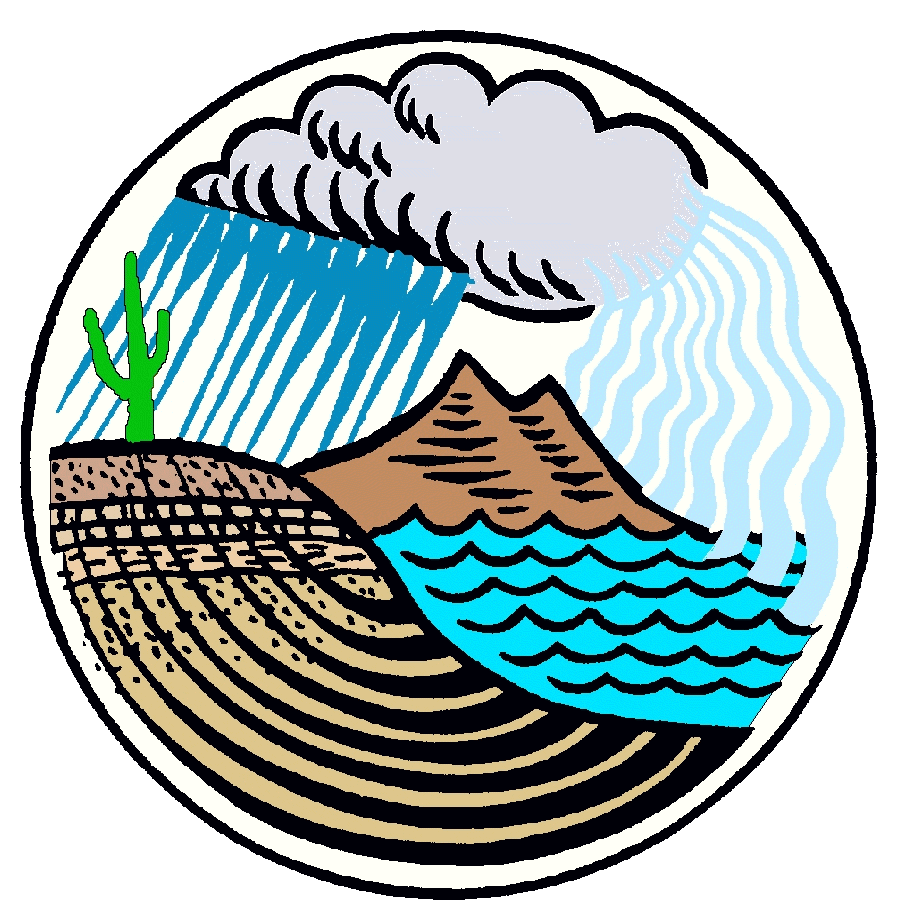

|

University of Colorado at Boulder

None. Weekly readings.
This course is a quantitative investigation of the physical, chemical, and biological processes that determine the hydrology and hydrochemistry of headwater catchments (watersheds). A watershed is a natural unit of land from which the surface, subsurface and ground water runoff drain to a common outlet. In this course, the emphasis in on the movement and storage of water, nutrients, and solutes on and in the context of a natural land unit, the watershed. My intent with this course is to provide a process-level understanding of watershed biogeochemistry such that students will be able to understand the consequences of our planned and inadvertent human activities on water flow and quality at the catchment scale.
This course builds on and complements existing courses in Geography, particularly Introduction to Hydrology (Geography 3511). Specific topics include: hydrograph separation, isotopic and geochemical hydrologic tracers, water quality, pollution, geochemistry, nutrient cycling, field experiments, and simulation modeling. These processes will be applied to a range of geographic regions, emphasizing headwater catchments in montane environments.
The emphasis of the course will be primarily on material presented in class. Regular attendance is therefore suggested, since much of the material presented in class is not covered in the text.
| Tests | 0% | There are no tests |
|---|---|---|
| Paper | 40% |
The paper will be due at the normal
final times for this class. Instructions on writing your paper |
| Presentation | 20% | Leading discussion on topic or paper in class |
| Homework | 20% | There will be several homework assignments |
| Participation | 20% | Participation in class discussions |

Date | Topics |
|---|---|
| 14 January | Introduction and overview |
| 21 January | Field trip: oil and gas workshop and poster session |
| 28 January | Chemical reactions in water; carbonate equilibrium Mark's ppt ocean acidification nature paper Catherine's ppt WMO report on ocean acidification |
| 4 February | Isotopes in Hydrology Kendall notes; very complete Koeniger paper Classen and Downey paper Mark's ppt: isotopes Mark's ppt: mtn hydro |
| 11 February | 2- and 3-component mixing analysis Liu et al paper mixing models EMMA |
| 18 February | Nitrogen cycling, N saturation Abers N sat Nitrogen cascade Mark's N overview |
| 25 February | Nitrogen isotopes, sediment core Nanus dual isotope N sat rock glacier-flowpaths rock glacier-nitrogen class notes |
| 4 March | DOM: dissolved organic matter class notes, read first Hood et al. 2003 Williams et al. 2001 |
| 11 March | aquatic biogeochem and bears class notes, read first bears and salmon high-elevation lakes |
| 18 March | Black carbon and dust on snow Dust 1 Dust 2 Black carbon 1 Black carbon 2 |
| 1 April | Age-dating with isotopes Tritium and big rivers Tritium and alpine streams Carbon14 age dating, chapter 4 (optional) Mark's notes |
| 8 April | Applied watershed biogeochemistry: Beer nutritional advantages of beer |
| 15 April | Presenters Qinghuan Kelsey Jessica Lewand Jessica Barnes |
| 22 April | Presenters Kimberlee TC Josh Catherine Marc |
| 29 April | Presenters Drew Jake Hannah Brent |